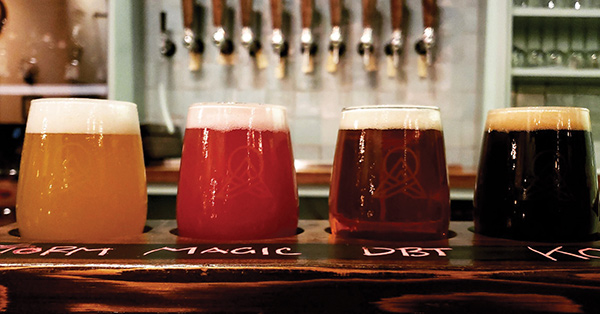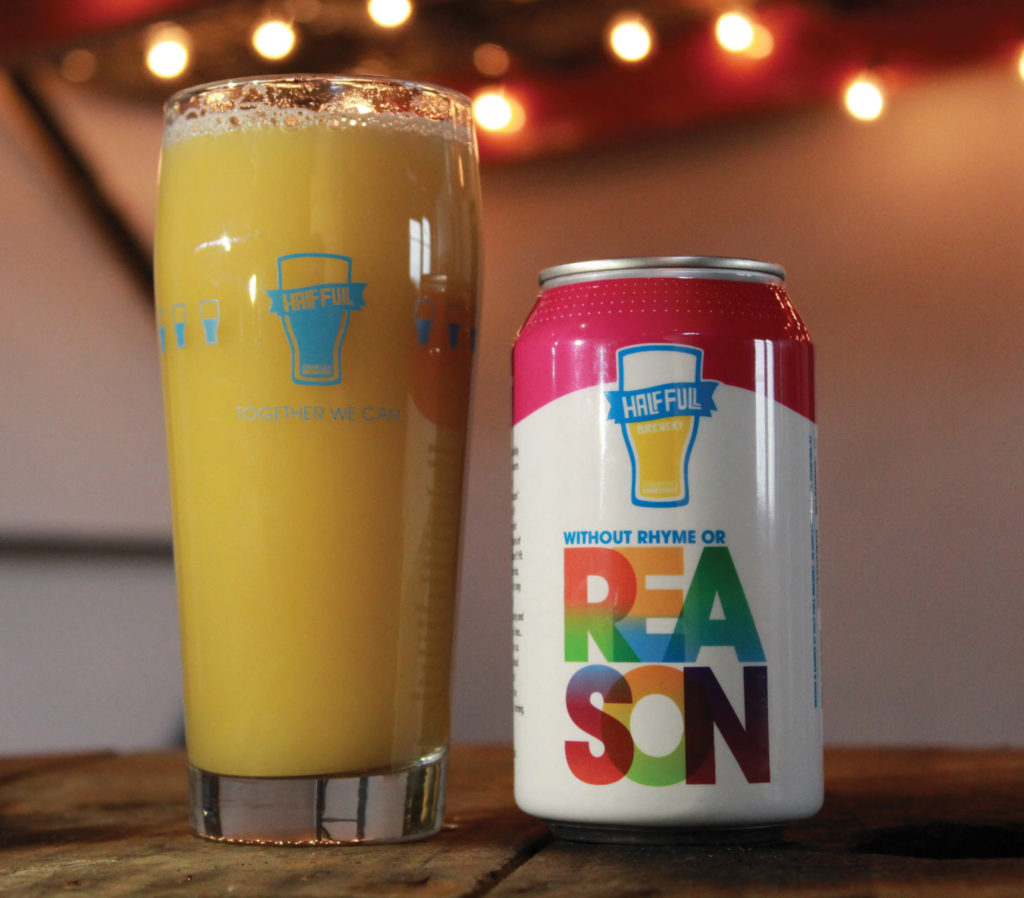Whether you consider yourself a beer drinker or not, chances are good that you’ve come across craft beer in the last few years. Though it’s been around for some time, craft beer has exploded in popularity in the last decade or so.
In 2006, the Brewer’s Association, a brewer-run nonprofit dedicated to the promotion of craft beer, first put forth their official definition of an “American craft brewer.” It is defined as “a small and independent brewer,” with details on what defines small, independent and brewer, including that yearly production doesn’t top 6 million barrels. On the flip side, they don’t define what craft beer itself is, in part because everyone’s version of what constitutes craft beer is a bit different, says Julia Herz, the craft beer program director at the Brewer’s Association. Today, there are more than 7,000 breweries in the U.S. and it is the “most advanced beer destination on the planet,” says Herz, with “more beer brands and types than any other country.”
In fact, sales of craft beer by volume in the U.S. were up 5 percent in 2017, according to the association, and they’re still on the upswing. “We’re in a huge boom cycle at the moment,” says Jordan Giles, director of branding and customer experience at Half Full Brewery in Stamford, CT. When they opened in 2012, he says, they were the seventh brewery in the entire state. “There are over 70 just six years later,” he explains. But for those just getting in on the scene, knowing what to order, what you’ll like and what to make of unfamiliar beer buzzwords can feel overwhelming.
Don’t be afraid to ask for a sample before committing to a glass. “We are always happy to give folks a try of anything we have on tap,” says Giles. “We know that visiting breweries is new to some folks.”
The closer the brewery to where you are drinking, the fresher the beer will be.” -Jordan Giles
Once you’re ready to take a sip—or three—here a few tips to keep in mind:
Start by reading the menu itself. While some places might just list the name of the beer and a few details, others, like Nod Hill Brewery in Ridgefield, CT, include more. Along with the name, style, ABV (alcohol by volume) and basic info, “we list all the ingredients used in the beer, as well as a few tasting notes,” says David Kaye, operations manager and partner at the brewery. “This way, if someone enjoys a particular flavor, they’re also being educated on where that flavor comes from.”
Talk to the bartender.
When in doubt, don’t hesitate to ask the bartender for his or her opinion. “I also encourage everyone to ask their bartenders any questions that come to mind,” says Kaye. “We make sure all our employees are up-to-date and knowledgeable about our offerings so they can speak in a comfortable and confident manner about the beer.” It’s the same at Half Full Brewery: “Often times [servers] will have suggestions based on the style/flavors that you typically gravitate towards,” says Giles. And even if you usually stick to a certain type, Kaye might suggest switching things up: “After [people] find something they like, I’ll often offer a taste of something they think is not to their taste. A lot of times, people find that they really like a balanced and nuanced beer, even if it’s not the usual style they prefer,” he explains.

Try a flight.
Can’t decide? Go for a flight. Michael Chiltern, the owner of the recently opened Wolf & Warrior Brewing Company in White Plains, NY, also encourages patrons to talk about their preferences so he and his staff can provide suggestions. Plus, he offers this advice: “Order a flight of four, 4-ounce glasses and taste different beers—that’s the most fun way to do it.” Herz echoes that sentiment: “If you’re at an establishment that offers flights, that’s such a great way to get to know beers,” she says. That way you don’t have to commit to a full 12- or 16-ounce glass, but rather smaller pours that you can rate yourself.
Pair it with food.
“It’s as simple as asking your server,” advises Herz. For a more advanced take on pairings, Herz suggests thinking about what flavors in the beer match well with the flavors of the food you’re ordering. For example, for mashed potatoes and steak, try a beer that is medium in alcohol, she suggests, like an American Brown Ale. “It also is centric to brown malt flavors that bridge and echo with the char on a steak and the brown gravy on mashed potatoes,” she explains.
Consider sticking to a local choice, says Herz—who explains that if beer travels, it gets less fresh as time goes on. Adds Giles: “The closer the brewery to where you are drinking, the fresher the beer will be (usually). Nothing is better than beer that’s been packaged a couple days before you drink it.” With so many breweries popping up all over the country, adds Chiltern, craft beer tends to be made locally. “And in a great many instances, you can drink the beer right next to the kettles that made it and the tanks it was fermented in—while talking to the people who brewed it,” he says.
Simply choose what happens to pique your interest. “There’s no right or wrong, and no beer that’s inappropriate for the occasion,” Giles explains. “The best beer in the world is the one that’s in your hand at that moment.”




